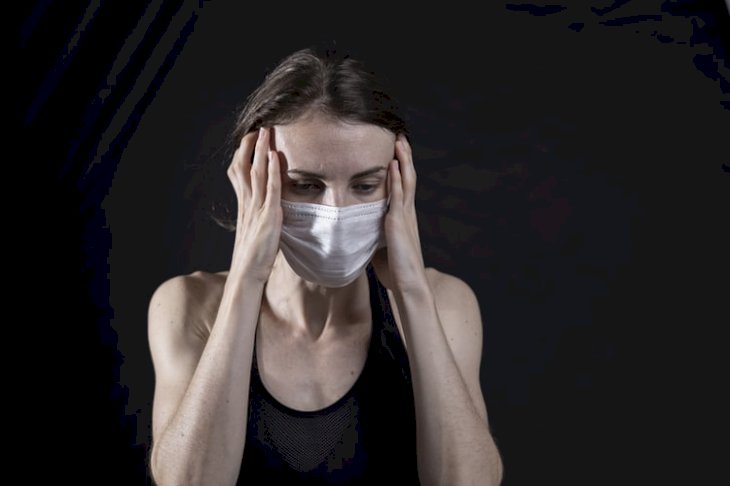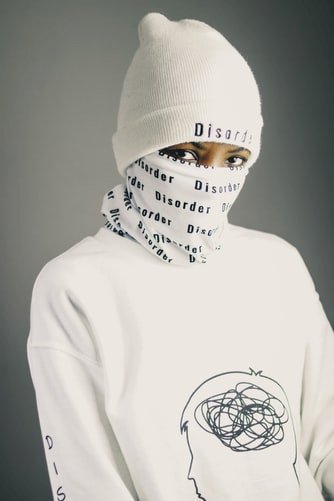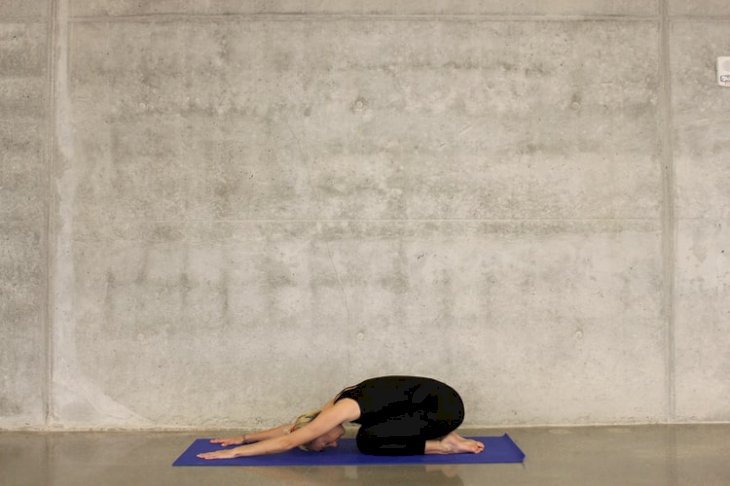
A Guide To Yoga For Anxiety
Yoga therapy helps you understand what generates a stressed life to orient yourself towards a life of relaxation instead. Through the practice of yoga and the lifestyle change it induces, you will be able to approach any situation, even anxiety, through the prism of your higher self.
Our lifestyles have certainly changed for several weeks, but the mental load is still present. For some, it goes hand in hand with the emotional burden, which consists of ensuring one’s home’s well-being, sometimes to the detriment of oneself.
To calm the mind and release the pressure, yoga seems to be the most suitable solution for our confined lives. And since it is within everyone's reach, we are not going to deprive ourselves of it. If you have an anxiety disorder, regular yoga practice can help you stay calm and relaxed and can also give you the strength to face events as they come without getting restless.
What Is Anxiety

Photo by Engin Akyurt on Unsplash
In psychoanalysis, anxiety is considered a feeling of danger and agitation whose origin has not been identified. It can be due to unconscious conflicts and usually the mother of all fears and that of death.
“I promise you nothing is as chaotic as it seems. Nothing is worth your health. Nothing is worth poisoning yourself into stress, anxiety, and fear.”
It can arise from genetic causes or be the consequence of experienced traumas (such as accidents and bereavement), continuous negative thoughts, or an exaggeratedly emotional personality.
How To Know You Have Anxiety Disorder

Photo by Jakayla Toney on Unsplash
Have you ever felt that grip coming? It takes you to the chest, to the belly, cold sweat, the breath stops, dizziness, the heart beats fast? It is called anxiety.
Unlike the states of worry of everyday life and phobias related to a concrete event, anxiety concerns hypothesized and intensely feared situations, which often will never occur. You project yourself into the future, imagining catastrophic scenarios, feeling unable to sustain them. Anxiety affects 5% of the population, and its frequency is twice as high in women as in men.
Why Yoga Is Beneficial For Anxiety

Photo by Madison Lavern on Unsplash
Yoga is one of the most effective ways to reduce anxiety and stress. It allows you to focus on breathing, release endorphins, relieve muscle tension, gain confidence, and be part of a community.
Like other forms of exercise, yoga helps release endorphins. Endorphins are brain neurotransmitters that improve mood, reduce symptoms of depression, and relieve stress and anxiety. Endorphins are, therefore, a completely natural antidepressant.
Balasana To Help With Anxiety

Photo by Katee Lue on Unsplash
Balasana or child pose relieves tension in the back, shoulders, and chest and gently relaxes the hips, thighs, and ankles. It helps relieve stress and anxiety, encourages easy and regular breathing.
To do this, from a kneeling position, sink back onto your heels. Fold forward, walking your hands out in front of you. Allow your torso to fall heavy into your thighs, and rest your forehead on the floor. Keep your arms extended forward or rest them alongside your body and hold this pose for up to five minutes.
Prasarita Padottasana To Help With Anxiety

Photo by Liveology on Unsplash
The bending forward in a standing position strengthens and stretches the back, the insides of the legs, and the spine. It calms the brain and increases blood flow to the upper body. First of all, this pose should come after several warm-up stretches of the hips, thighs, and low back. It is not something to fall into unprepared!
Bring your palms in line with your feet. Spread your fingers wide and draw your elbows back and toward each other to bring your upper arms parallel to the floor. You can hold a block between your forearms to get a feel of the inward motion required. Set the top of your head lightly on the floor or a block. Do not let the crown of your head bear any weight or pressure.
Baddha Konasana To Help With Anxiety
This posture, called the butterfly pose, relaxes the body and promotes healthy circulation in the pelvis and lower abdomen. It also helps slow and deepen breathing.
Sit on the mat with your back straight, and if you can't, you can do it against a wall, both legs stretched out in front of you. As you exhale, bend your knees, bring the soles of your feet together and bring your heels as close to your hips as possible, then drop your knees to the sides by pressing the soles of your feet together.
Shavasana To Help With Anxiety
Also known as the resting position, this helps calm the brain, relaxes the body, and helps relieve stress. This position allows the body to rest completely and absorb all the benefits of the previously performed positions.
To do this, lie on your back, arms along your body and slightly apart, palms facing up. The legs are also slightly apart, the feet relaxed, fall to the sides. Place a pillow or pad under your head. Close your eyes, relax your face and body, and rest.